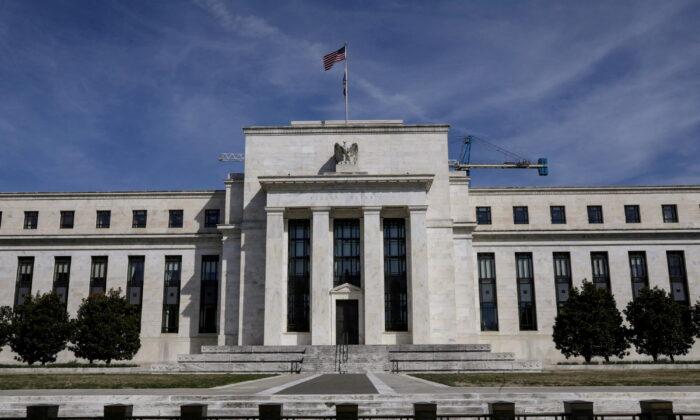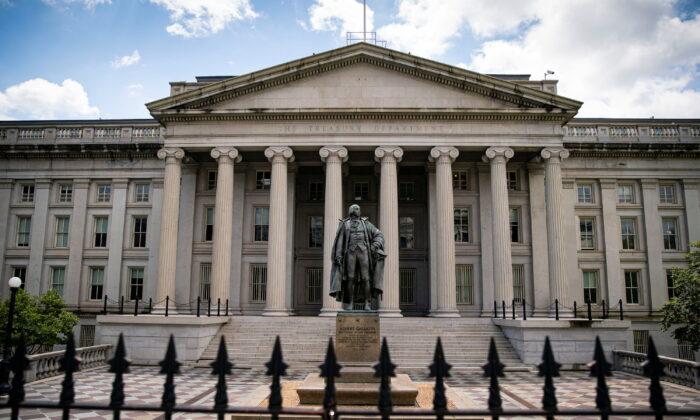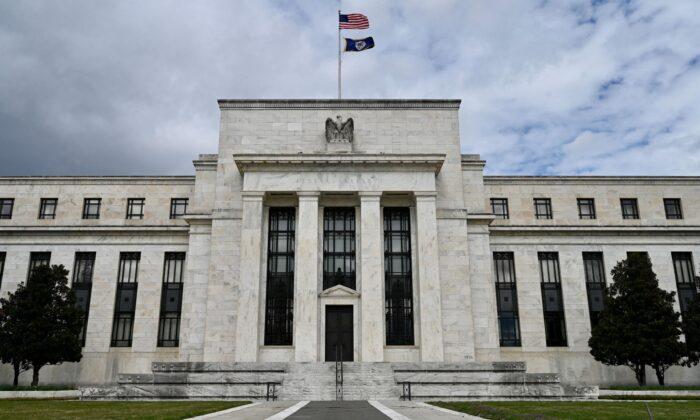“This approach eased financial conditions in the past and, so far, looks to be effective again. Stock prices rose and long-term interest rates fell when investors began to anticipate the most recent action. Easier financial conditions will promote economic growth. For example, lower mortgage rates will make housing more affordable and allow more homeowners to refinance. Lower corporate bond rates will encourage investment. And higher stock prices will boost consumer wealth and help increase confidence, which can also spur spending.”
That certainly seemed to be the case, because each time the economy stumbled, Fed interventions kept the financial markets and economy stable. However, there is sufficient evidence that “monetary policy” leads to other problems, most notably a surge in wealth inequality without a corresponding increase in economic growth.

As noted in my previous articles, current monetary policy has its roots in Keynesian economic theory. To wit:
“A general glut would occur when aggregate demand for goods was insufficient, leading to an economic downturn resulting in losses of potential output due to unnecessarily high unemployment, which results from the defensive (or reactive) decisions of the producers.”
In such a situation, Keynesian economics states that fiscal policies could increase aggregate demand, thus expanding economic activity and reducing unemployment.
“Since 2008, the total cumulative growth of the economy is just $4.05 trillion. In other words, for each dollar of economic growth since 2008, it required nearly $11 of monetary stimulus. Such sounds okay until you realize it came solely from debt issuance.”

The Unsustainability of Monetary Policy
We previously noted that there is an inherent problem with ongoing monetary interventions. Notably, the fiscal policies implemented post the pandemic-driven economic shutdown created a surge in demand that created an unprecedented surge in corporate earnings.
Here is the problem: As shown below, the surge in the M2 money supply is now over. Without further stimulus, earnings must eventually revert to economically sustainable levels.

While the media often states that “stocks are not the economy,” economic activity creates corporate revenues and earnings. As such, stocks cannot indefinitely grow faster than the economy over long periods.
When stocks deviate from the underlying economy, the eventual resolution is lower stock prices. Over time, there is a close relationship among the economy, earnings, and asset prices. For example, the chart below compares the three factors from 1947 through 2021.

Since 1947, earnings per share have grown at a rate of 7.72 percent, while the economy has expanded by 6.35 percent annually. That close relationship in growth rates is logical, given the significant role that consumer spending has in the GDP equation.
The slight differentials are due to periods when earnings can grow faster than the economy, such as when the economy is coming out of a recession. However, while nominal stock prices have averaged 9.35 percent (including dividends), reversions to actual economic growth eventually occur. This is because corporate earnings are a function of consumptive spending, corporate investments, imports, and exports.

The Fed Is Investors’ Biggest Problem
For investors, the biggest risk remains the Fed. Currently, many are hoping that the Fed will “pivot” from its battle against surging inflation to support stocks. However, this is unlikely in the near term, with inflation running at the highest level in 40 years.“While the market has declined this year, the market remains higher than in 2020. To reduce excess market speculations, the Fed doesn’t mind some ‘disinflation’ in asset prices. Furthermore, the market decline also contributes to its tightening monetary policy to mitigate inflationary pressures.”

Absent a disorderly meltdown, the Fed will remain focused on stocks being still above their pre-crisis peak. As the Bank of America notes:
“Since in a typical consumption model households react to sustained changes in prices over a period of three years or so, the Fed is convinced the wealth effect is still positive.”
As noted above, the deviation from long-term growth trends is unsustainable. Such was caused by repeated financial interventions by the Federal Reserve. Therefore, unless the Fed is committed to a never-ending program of zero interest rates and quantitative easing, the eventual reversion of returns to their long-term means is inevitable.

Such will solely result in profit margins and earnings returning to levels that align with actual economic activity. As investment strategist Jeremy Grantham once noted:
“Profit margins are probably the most mean-reverting series in finance. And if profit margins do not mean-revert, then something has gone badly wrong with capitalism. If high profits do not attract competition, there is something wrong with the system, and it is not functioning properly.”




